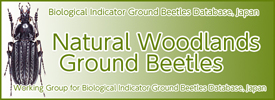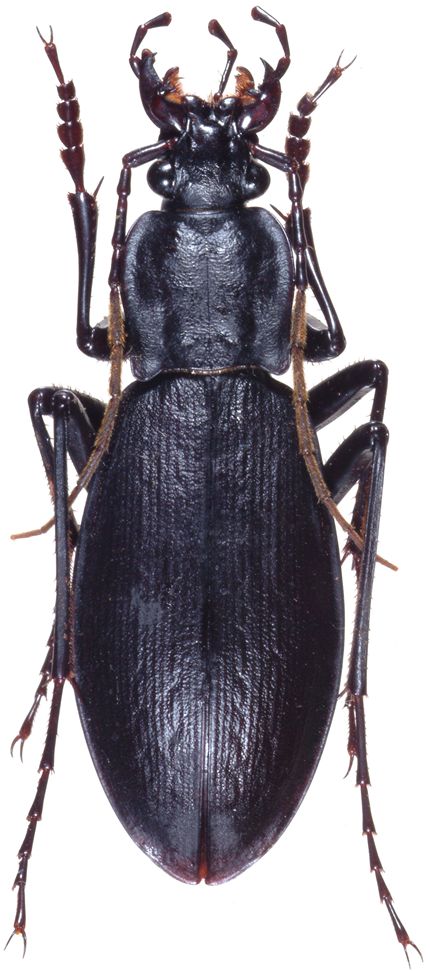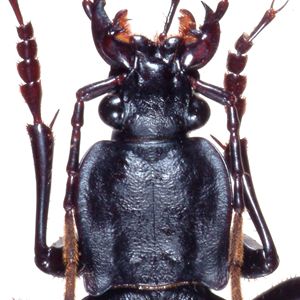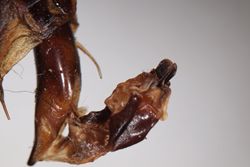| Ecology |
open field and basin (Sota 1987b, Carabidological Society of Shiga 2003), coppice forest (Kinki Research Group of Carabid Beetles 1979), beech forest (Kinki Research Group of Carabid Beetles 1979), vineyard (Kinki Research Group of Carabid Beetles 1979), forest (Sota 1984, Sota 1985d, Sota 1986b), mountain (Sota 1985c, Sota 1986b), riverbed (Ishii et al. 1996, Yamazaki et al. 1999, Lee and Ishii 2009, 2010), beach (Shiyake 1999), natuaral forest (Yahiro et al. 2001, Carabidological Society of Shiga 2003), near natural forest (Yahiro et al. 2001, Carabidological Society of Shiga 2003), dried secondary forest (Kinki Research Group of Carabid Beetles 1979, Yahiro et al. 2001, Carabidological Society of Shiga 2003), paddy field (Lee et al. 2008), urban forest (Fujita et al. 2008), Satoyama forest (Lee and Ishii 2009), gravelly floodplain (Lee and Ishii 2010), mixed forest (Ueda et al. 2009), grassland (Suzuki and Sakuratani 2010), Satoyama forest (Suzuki and Sakuratani 2010), mainly third larva (Sota 1984, Sota 1985c, Sota 1985d, Sota 1986b, Sota 1987b), adult (Sota 1985a, Sota 1987b), larva (Yamazaki et al. 1999) from late September to late October (Sota 1984, Sota 1985a, Sota 1987b) the beetles mainly feed on earthworms during summer (Sota 1984, Sota 1985d, Sota 1986b, Sota 1987a, Sota 1987b), in autumn when earthworms are less available, their diet component becomes more diverse and plant materials are included in the menu (Sota 1984, Sota 1985d, Sota 1986b, Sota 1987a, Sota 1987b), The larvae feed on dipteran and lepidopteran larvae (Sota 1984, Sota 1985c, Sota 1985d, Sota 1986b), Hermonassa cecilia and Diasia canescens (Sota 1985d), snails (Sota 1986d), earthworms (Sota 1986d), spiders (Sota 1986d), Odonata (Sota 1986d), Orthoptera (Sota 1986d), Heteroptera (Sota 1986d), corpses of adults cicadas (Cryptotympana facialis and Graptopsaltria nigrofuscata) (Sota 1986d), larvae of Hermonassa cecilia and Diarsia canescens (Sota 1986d), Diptera (Sota 1986d), Coleoptera (Sota 1986d), frogs (Sota 1986d), mice (Sota 1986d), ripe fruits which had fallen to the ground such as Celtis sinensis, Amorphophalus kiusianus, Elaegnus umbellata, Prunus sp. and Diospyrous kaki (Sota 1986d), fallen flowers of Querucus serrata and some other flowers (Sota 1986d), juicy stem of Amorphophalus kiusianus and fruit-like branches of Hovenia dulcis (Sota 1986d), during late autumn and early winter adults they eat larvae of Bibio tenebrosus assemblaged under the deciduous leaf, and larvae of Diarsia canescens and Hermonassa cecilia in spring (Sota 1987b), small animals and carcass (Sota 1987b), during April and May the adults eat Lepedopteran larvae mainly (Sota 1987b), captured under the lights (Kinki Research Group of Carabid Beetles 1979), the adults survive for more than two years and thus individuals of different age classes are mixed in the field population of this beetle (Sota 1984), At the end of reproductive season, ovaries were resorbed (Sota 1984), nocturnal (Sota 1985d, Sota 1986b), With increasing altitude, new adults emerged later in the season, but started reproduction earlier and had longer reproductive periods (Sota 1985a, Sota 1986b, Sota 1987b), newly adults aestivate after feeding for a month (Sota 1985a, Sota 1987b), carabids lay eggs in the soil (Sota 1987a), Newly-emerged adults aestivate before reproduction (Sota 1987a), The beetles were inactive in the soil during midsummer (Sota 1987a) |
 |
| 






